Smart cities represent the future of urban living, seamlessly merging technology and data-driven solutions to enhance infrastructure, services, and overall quality of life. By leveraging cutting-edge technologies such as Artificial Intelligence (AI), IoT sensors, and data analytics, these cities aim to optimize efficiency, sustainability, and connectivity across sectors like energy, healthcare, transportation, and governance. Beyond technological advancements, smart cities also play a pivotal role in boosting local and global economies, driving innovation, and fostering collaboration among governments, communities, and industry leaders. The global smart cities market was valued at USD 623.90 billion in 2023 and is projected to grow to USD 4,647.63 billion by 2032, with a robust CAGR of 25.2%. Industry experts predict that by 2050, approximately 60% of the global population will be living in smart cities, benefiting from enhanced security, efficiency, and sustainability.
However, at the core of a smart city's success lies active and meaningful citizen engagement. Effective public participation ensures that technological progress aligns with the diverse needs of the population, promoting inclusivity, trust, and transparency. AI has emerged as a transformative tool in bridging the gap between citizens and governments, making urban governance more responsive and equitable. From addressing disenfranchisement to fostering digital literacy and encouraging collaborative decision-making, citizen engagement is essential for building vibrant, sustainable, and community-focused smart cities.
.jpg)
Understanding Citizen Engagement in Smart Cities
Citizen engagement goes beyond public consultations and surveys; it is about involving residents in the decision-making process and ensuring their voices shape the urban landscape. This is vital for creating cities that not only meet infrastructural and technological benchmarks but also cater to the aspirations of their people. However, traditional methods of citizen participation often fall short due to scalability issues, lack of personalization, and slow feedback mechanisms. This is where AI steps in.
How AI Enhances Citizen Engagement
1. Personalized Communication
.jpg)
AI-powered tools can analyze vast datasets to understand the diverse needs and preferences of citizens. Chatbots and virtual assistants provide tailored information and updates about city projects, services, and events. For example, Barcelona’s “CityOS” leverages AI to deliver personalized notifications to residents based on their location and interests.
2. Real-Time Feedback Mechanisms
AI enables the collection and analysis of citizen feedback in real-time through social media monitoring, sentiment analysis, and interactive platforms. Cities like Singapore use AI-driven sentiment analysis to gauge public opinion on policies and initiatives, enabling timely adjustments. CSM Tech’s integrated Citizen Interaction System provide a single platform for citizens' feedback about the Public services and fixes accountability on concerned officers, for the Govt. of Odisha. The feedback collection platform is outbound and inbound. Citizen feedback is a valued toolkit not just to design targeted and efficient interventions in the future but to do a course correction on existing schemes that haven't resonated with the beneficiaries.
3. Predictive Analytics for Proactive Governance
By analyzing patterns in citizen complaints and behavior, AI helps city administrators predict and address potential issues before they escalate. For instance, New York City’s “311” system uses AI to anticipate service demands based on historical data.
4. Increased Accessibility
AI-powered platforms like voice assistants and multilingual interfaces ensure inclusivity by catering to citizens with disabilities and non-native language speakers. This widens participation and ensures that no one is left out of the conversation.
5. Gamification for Civic Participation
AI-driven gamification techniques encourage active citizen participation. Cities like Amsterdam have introduced gamified platforms where residents earn rewards for reporting issues or participating in community programs.
Real-World Applications of AI in Citizen Engagement
.jpg)
- Dubai’s Smart City Vision: AI chatbots like “Rashid” assist residents and tourists with inquiries about government services, fostering an efficient and responsive urban experience.
- Seoul’s mVoting Platform: AI algorithms analyze voting patterns and preferences in local initiatives, ensuring that decisions reflect the community’s voice.
- San Francisco’s AI for Homelessness Solutions: Predictive analytics identifies high-risk areas and populations, enabling targeted interventions that involve community input.
Challenges and Ethical Considerations
While AI offers immense potential, its deployment in citizen engagement must address concerns like data privacy, algorithmic bias, and digital literacy. Transparent data policies and inclusive design principles are crucial to ensuring AI benefits all citizens equitably.
The Way Forward
AI’s role in bridging the citizen engagement gap is transformative, but its success hinges on collaboration between governments, technology providers, and the public. By fostering trust, ensuring transparency, and prioritizing inclusivity, cities can harness AI to build a future where every citizen has a voice in shaping their urban environment.
As smart cities continue to evolve, AI-driven citizen engagement will remain a cornerstone of sustainable and inclusive urban development. The cities of tomorrow will not only be smart but also deeply connected to the people they serve.










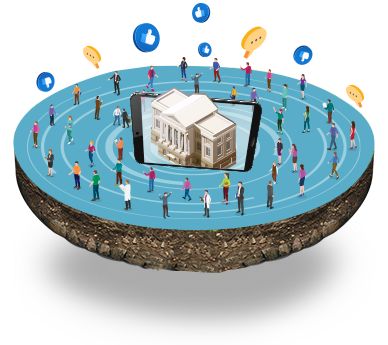























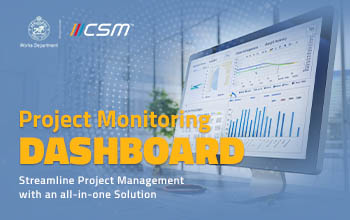


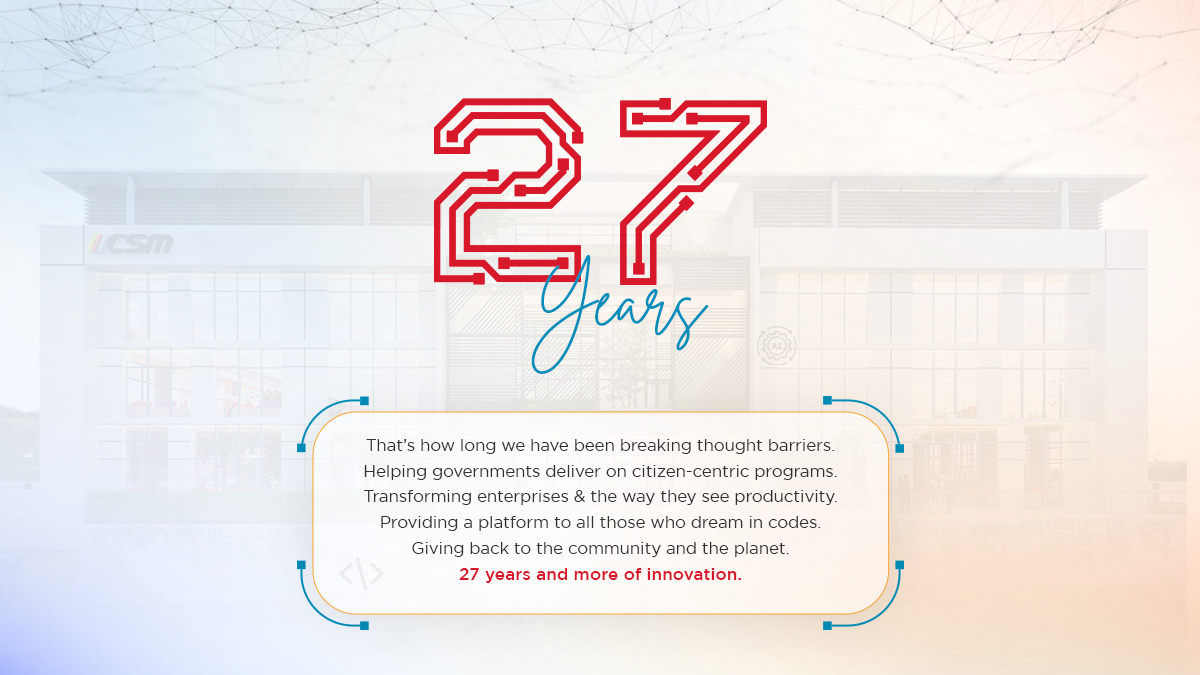











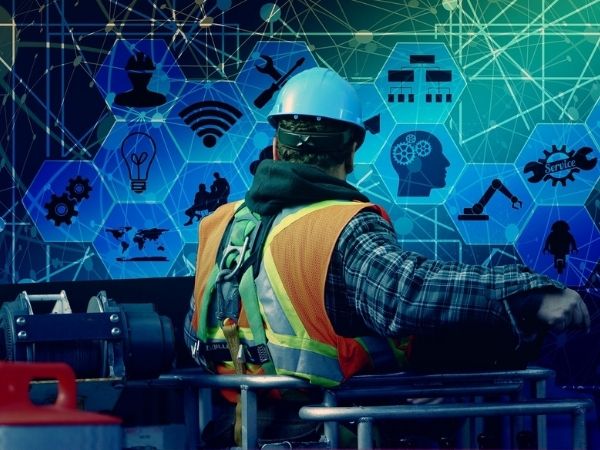





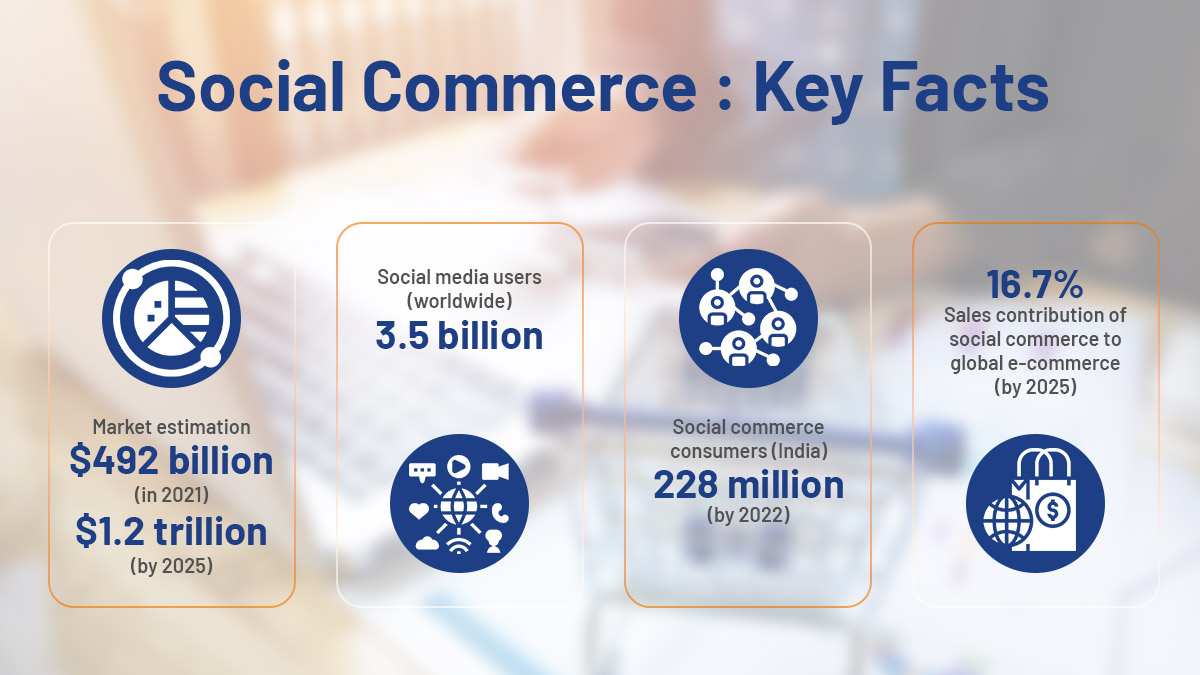


We will verify and publish your comment soon.